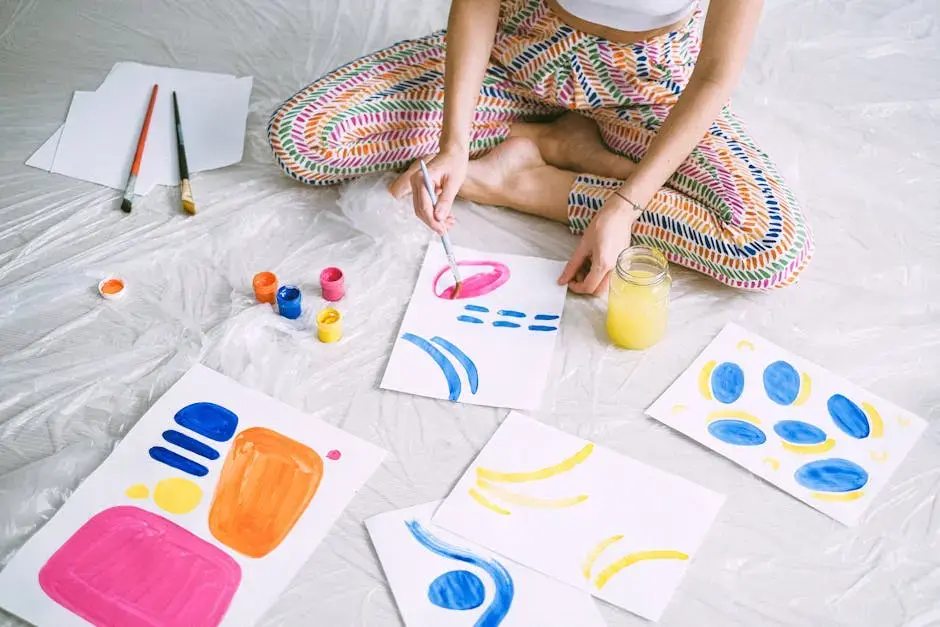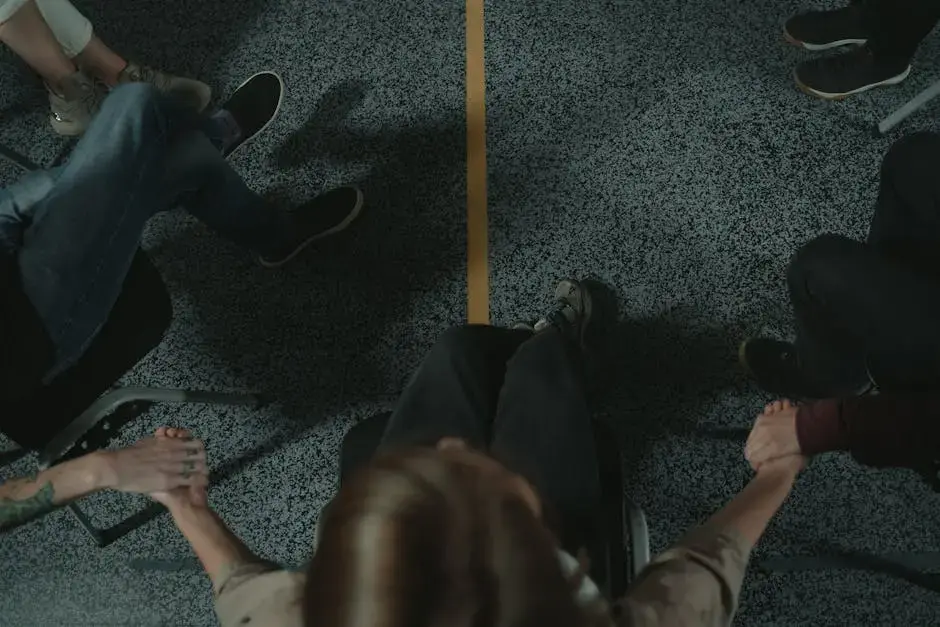How an Art Therapist Enhances Mindfulness and Growth
- Karrie Stafford

- May 16
- 3 min read
Art therapy is not just about creating pretty pictures; it's a profound way to explore emotions, enhance mindfulness, and encourage personal growth. In a world that often feels hectic and overwhelming, engaging in creative processes can help individuals connect with their inner selves. In this blog post, we will delve into the various aspects of how art therapy fosters mindfulness and supports growth, providing a fresh perspective on healing through creativity.

Understanding Art Therapy
Art therapy combines psychological principles with creative expression, providing a safe space for individuals to explore their feelings. It uniquely facilitates communication when words fall short, making it an invaluable resource for those seeking emotional support.
At its core, art therapy is about self-discovery. By engaging with colors and shapes, individuals are invited to express feelings that they might not articulate verbally. This process can lead to startling revelations about personal experiences and emotional landscapes.
Moreover, working with an art therapist allows clients to navigate the complex journey of healing. They can triumph over fears and insecurities by expressing themselves in a non-judgmental environment. Art therapy doesn’t pressure anyone to be a ‘great artist’; instead, it encourages personal exploration.
The Role of Mindfulness in Art Therapy
Mindfulness plays a critical role in art therapy, helping individuals stay present in the moment while they create. By focusing on the process rather than the outcome, clients can reduce anxiety and deepen their self-awareness.
Incorporating mindfulness into the artistic process allows individuals to step away from distracting thoughts and immerse themselves in the act of creation. This can be as simple as concentrating on the texture of paint or the flow of their brush on canvas.
Being mindful can transform how one interacts with both the art and themselves. This heightened state of awareness paves the way for personal growth as individuals begin to recognize patterns in their emotions and reactions.
Techniques Used by Art Therapists
Art therapists utilize various techniques, such as drawing, painting, and sculpture, to engage clients. These methods encourage personal reflection and can be tailored to fit individual needs, making them versatile tools for growth.
For example, creating a vision board is a popular technique wherein clients can visualize their goals and aspirations through imagery. By piecing together various elements, they not only get a clearer sense of direction but also stimulate their creativity.
Other modalities, such as collage-making, offer clients the chance to represent their experiences symbolically. These diverse techniques ensure that everyone can find a method that resonates with their personal journey.
Benefits of Art Therapy for Mindfulness and Growth
Participating in art therapy can have numerous benefits, including reduced stress, enhanced emotional regulation, and improved self-esteem. The act of creating art can foster connection with oneself and others, making it an empowering experience.
Additionally, many clients report feeling an increased sense of well-being after engaging in art therapy sessions. The creative process can serve as an emotional release, allowing them to confront and manage their feelings more effectively.
The social aspect of group art therapy cannot be overlooked either. Sharing one's creative expressions with others fosters a sense of community and belonging, which is essential for personal growth.
Real-Life Success Stories
Many individuals have experienced transformative results through art therapy. In this section, we will share inspiring stories that highlight how creativity has played a pivotal role in their mindfulness journeys and personal growth.
For instance, Sarah, a participant in an art therapy program, found that through painting, she could articulate her struggle with anxiety. Each stroke of her brush became a dialogue with her emotions, ultimately leading her to a deeper understanding of herself.
Similarly, Jason discovered that sculpture allowed him to release pent-up feelings from years of trauma. Working with clay became not just a creative outlet but a transformative experience where he rebuilt his self-worth, piece by piece.
Finding an Art Therapist
If you're interested in exploring art therapy, knowing how to find a qualified art therapist is essential. This section will provide tips on what to look for when seeking a professional and how to ensure you find a good fit for your needs.
Start by researching potential therapists’ credentials. Look for professionals with training in both psychology and the arts, ensuring they have the necessary skills to guide you effectively.
It's equally important to trust your instincts when choosing a therapist. A comfortable, supportive relationship can make all the difference in your journey of self-discovery through art.
Embracing Growth Through Art and Mindfulness
Art therapy serves as a bridge between emotional expression and personal growth, showcasing the transformative power of creativity in our lives. By integrating mindfulness practices within art therapy, individuals can learn to navigate their emotions more effectively and find a deeper connection to themselves. Whether through simple doodles or complex creations, engaging in the artistic process can lead to significant insights and progress on the path of self-discovery.




Comments